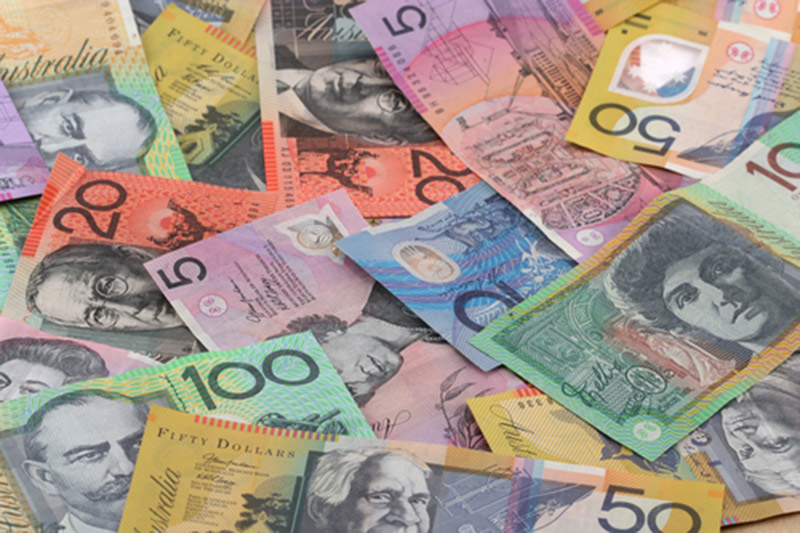By Cecile Lefort and Charlotte Greenfield
SYDNEY/WELLINGTON, May 26 (Reuters) - The Australian and New Zealand dollars nursed losses versus their U.S. counterpart on Friday following a commodities rout, but were on track for hefty weekly gains against a soggy pound.
The Australian dollar AUD=D4 dropped to $0.7431, the weakest this week, having skidded more than a full U.S. cent in one session.
Much of the fall in the Aussie came after crude oil prices tumbled 5 percent on Thursday, along with a slide in prices of iron ore, Australia's top export earner. ID:nL4N1IS114 ID:nL4N1IS114
Chart resistance at 75 cents also undermined the Aussie.
"We don't even need a crystal ball for this view as the market had all but convinced itself that selling above $0.7500 is the trade," said Stephen Innes, a senior trader at OANDA.
Support was found at $0.7420, then $0.7329 touched earlier this month.
The New Zealand dollar NZD=D4 was also soft at $0.7013, having shed 0.4 percent overnight, pulling away from a one-month peak of $0.7059 touched on Wednesday.
It was still up 1.2 percent for the week.
The Andipodean currencies fared better against Sterling after UK growth data added to worries the economy was beginning to struggle a year after Britain's shock vote to leave the European Union. ID:nL8N1IR4EO
The pound eased to A$1.7340 GBPAUD=R , away from a peak near A$1.7500. It has dropped 0.7 percent so far this week.
It lost even more ground against the Kiwi dollar to NZ$1.8359 GBPNZD=R , to be down 2.4 percent for the week. If sustained, it would be the second-largest loss this year.
The Kiwi dollar was a clear outperformer against its Aussie cousin, which slipped to a three-month trough of NZ$1.0571 AUDNZD=R . The Aussie, last at NZ$1.0589 was on track for a 1.7 percent drop this week.
"Given the resilience in milk prices and the recent wobbles in iron ore, high NZD trade balance notwithstanding, a break of NZ$1.06 should see significant buy-in which could pressure AUDUSD towards $0.7400 level," said OANDA's Innes.
New Zealand government bonds 0#NZTSY= rose, sending yields five basis points lower on the long end of the curve.
Australian government bond futures climbed to six-month highs, with the three-year bond contract YTTc1 up 1 tick to 98.290. The 10-year contract YTCc1 added 1 tick to 97.5450, while the 20-year contract YXXc1 was steady at 96.9700.
The spread between Australian AU10YT=RR and U.S. US10YT=RR 2-year government bonds shrank to 29 basis points, the smallest since 2001. (Editing by Jacqueline Wong)
